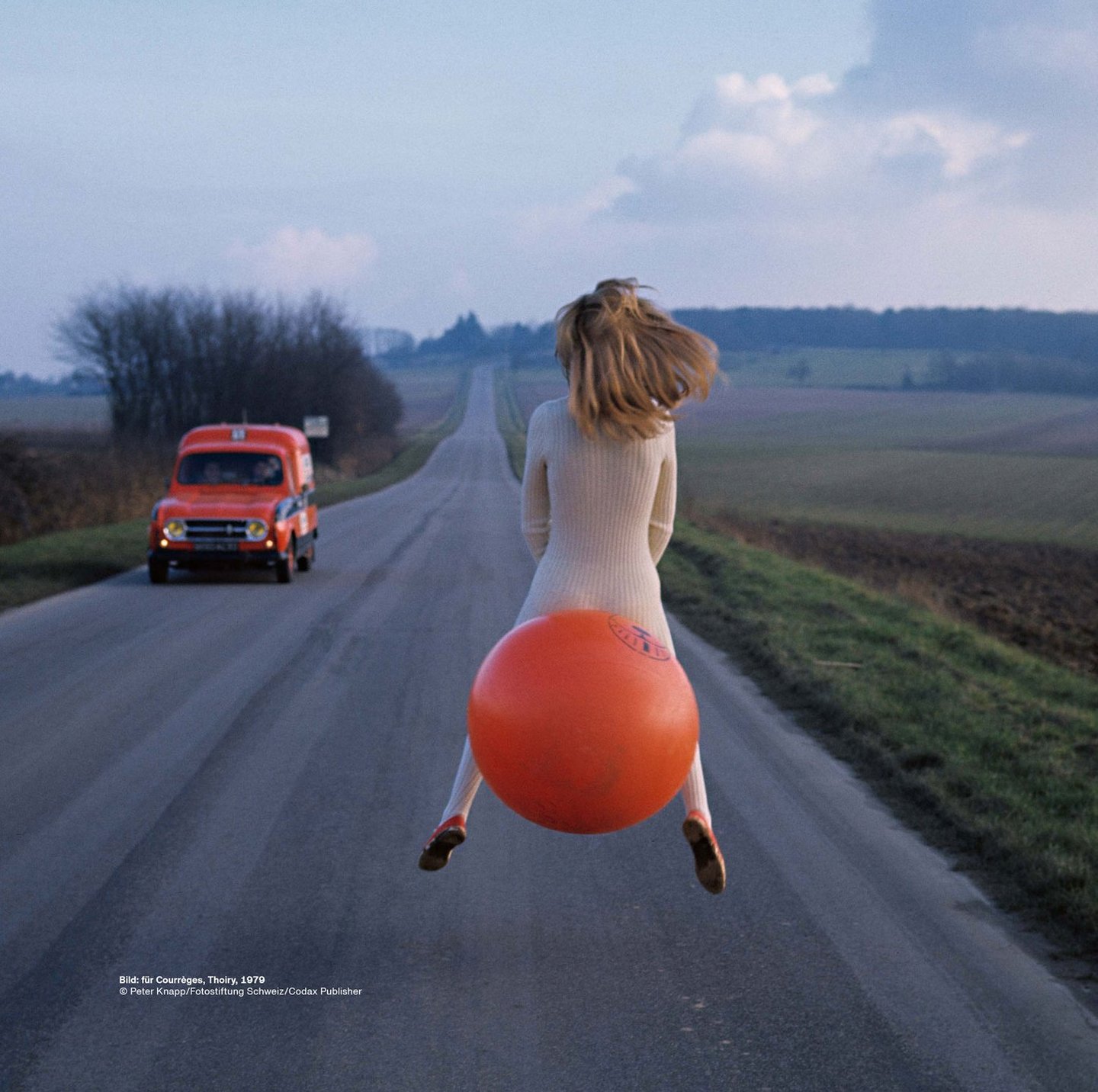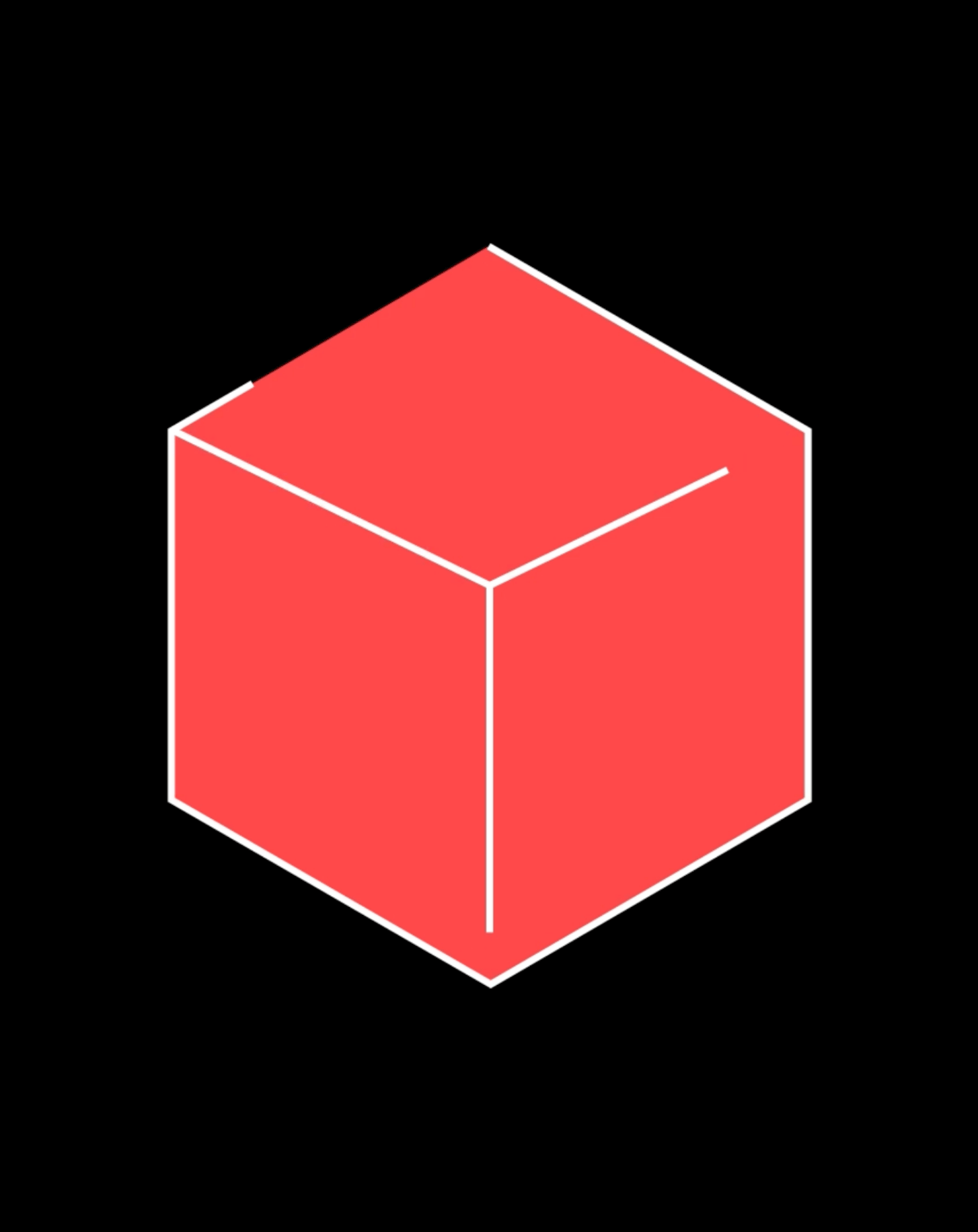How illustrations reinforce storytelling
They say a picture is worth more than a thousand words. But often even a picture isn’t enough to present a situation. Especially when it comes to complex and abstract information, illustrations are a powerful way of communicating content in a concise and visually appealing way.
Many of us probably had our first encounter with illustrations when we were very young, in children’s books. They enabled us to understand stories even before we could read. Even as adults we can find our interest sparked by illustrations in a magazine or annual report. Often it’s attractively designed illustrations that lead us to engage with a particular article or subject in the first place. Illustrations attract attention and often give an article or an entire publication its visual appeal and uniqueness. But their function goes way beyond the merely decorative. As a form of visual journalism, they illustrate information, simplify complex content, tell stories and evoke emotions.
What can an illustration do that text and photographs can’t?
Illustrations are particularly effective when it comes to presenting abstract concepts and complex processes in an understandable way. Such topics are often difficult to put into words or to depict using simple photography. This is where illustrations come into play, making it possible to translate ideas that are hard to see or grasp into a visual form that’s both memorable and intuitive.
Illustrations are often used to accompany a text and can either directly reflect what’s written or add an additional dimension, deepen or complement it. To this extent, illustrations underscore the attractiveness of a text and the value of what’s being said. Thanks to their visual appeal, illustrations are also often used as an introduction to a text.
The diversity of illustrations
In editorial design there’s a wide variety of illustration styles that can be used depending on the context and objective. Hand-drawn illustrations, for example, give a magazine or brochure a personal, artistic touch, and thanks to their uniqueness can evoke particularly strong emotions in the reader. They’re often used in customer magazines or in columns to tell stories or portray characters.
Vector graphics, on the other hand, offer clear lines and shapes that are ideal for more modern, minimalist designs. They’re scalable and therefore perfect for use in digital media or different print formats. In digital form, vector graphics can be animated with minimal effort. Vector graphics convey clarity and precision and are often found in infographics, data visualisations or in business publications such as annual reports.
Further examples of illustrations:
- Technical drawings: precise representations of machines or other technical objects
- Exploded views: detailed representations that show an object in its individual parts
- Infographics: graphical representations of processes, data or knowledge
- Editorial illustration: graphical or striking representation of a text
- Storyboard illustrations: sequential images that visualise video scenes
- Symbolic illustrations: pictograms and icons for orientation
- Caricatures and cartoons: humorous or satirical representations, e.g. in newspapers
How do you present something that’s not visible?
Schweiter Technologies is a global company specialising in the development, production and distribution of composite panels, materials and solutions. The company uses illustrations in its business reports to visualise the presence of its products. This also increases brand awareness.

Phoenix Mecano is a tech player in the enclosures and industrial components segments. Its products are so small that they can’t easily be shown in photographs. Illustrations were used throughout its online annual report to show the application and use cases for these components. Technical details were greatly reduced and embedded symbolically.

How do you vividly depict the complex universe of a company that launches around 1,000 new products every year and operates in eight key markets and 103 countries? We resolved this exciting challenge for speciality chemicals company Sika with a hidden object picture. The animated, interactive illustration features 23 points where users can dive into the diverse world of Sika. The concept for the illustration was developed by content and design specialists and project managers working on an interdisciplinary basis.

How an illustration is created
Briefing: First of all, our illustrators analyse the client’s briefing, which ideally contains information about the target group, the core messages and the target media and channels. The style is developed by the illustrator based on the company’s corporate identity and design guidelines.
Research: Before they start drawing, the illustrators familiarise themselves with the content of the project and research additional facts. To do a good job they have to understand the topic.
Sketches: Then it’s on to the first rough sketches showing the “big picture” and the style. These are used to develop the concept and present it to the client.
Development: After agreement with the client, the detailed development begins. Lines are refined and shading, and colours and textures are added using digital tools such as tablets and illustration software. The finished illustration is presented to the client again and any feedback is incorporated.
Finalisation: The final phase involves checking the details of the illustration. Do the various elements fit together harmoniously? Is the desired message being communicated clearly enough? Then the finished illustration is exported in the chosen formats and sent to the client.
Would you too like to add value to your publications with illustrations? We’ll be glad to help you make it happen.


